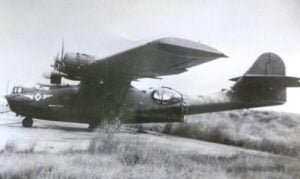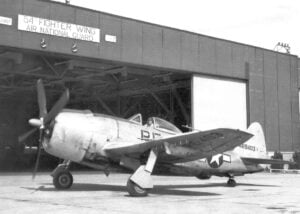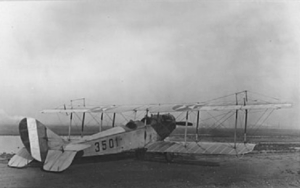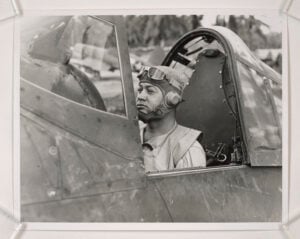How the P-38 Solved One of WWII’s Biggest Fighter Problems
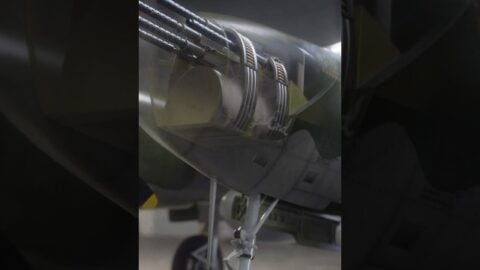
YouTube / @RealEngineering
The Lockheed P-38 Lightning tackled one of the most frustrating engineering challenges of World War II—gun convergence. Unlike most fighters of the era, its unique twin-boom design placed all weapons in the nose. This meant its four .50-caliber machine guns and 20 mm cannon fired directly forward, eliminating the need to angle guns inward as other aircraft did.
The Problem with Wing-Mounted Guns
Most WWII fighters, such as the Spitfire and P-51, mounted their guns in the wings, where there was more room. But this created a serious problem. The bullets fired from each wing would cross paths at a specific “convergence” distance, usually between 250 and 400 yards. At that range, firepower was devastating. Beyond it, accuracy dropped sharply as the bullets spread apart. Pilots had to choose their convergence distance carefully—shorter for dogfights, longer for attacking bombers or ground targets.
The Lightning’s Perfect Solution
The P-38’s nose-mounted weapons made this entire problem disappear. The pilot could fire from almost any distance without worrying about convergence, making gunnery far simpler and deadlier. This was especially important in long-range Pacific missions, where P-38 pilots often struck targets miles from base.
Outgunned but Never Outflown
Armed to the teeth, the Lightning’s firepower rivaled the P-47 Thunderbolt and the Fw 190. It remained a dominant fighter until the arrival of the Me 262 jet in 1944. Even then, with its unreliable early turbojets, the German jet could not match the P-38’s range, stability, or sheer versatility in combat.














